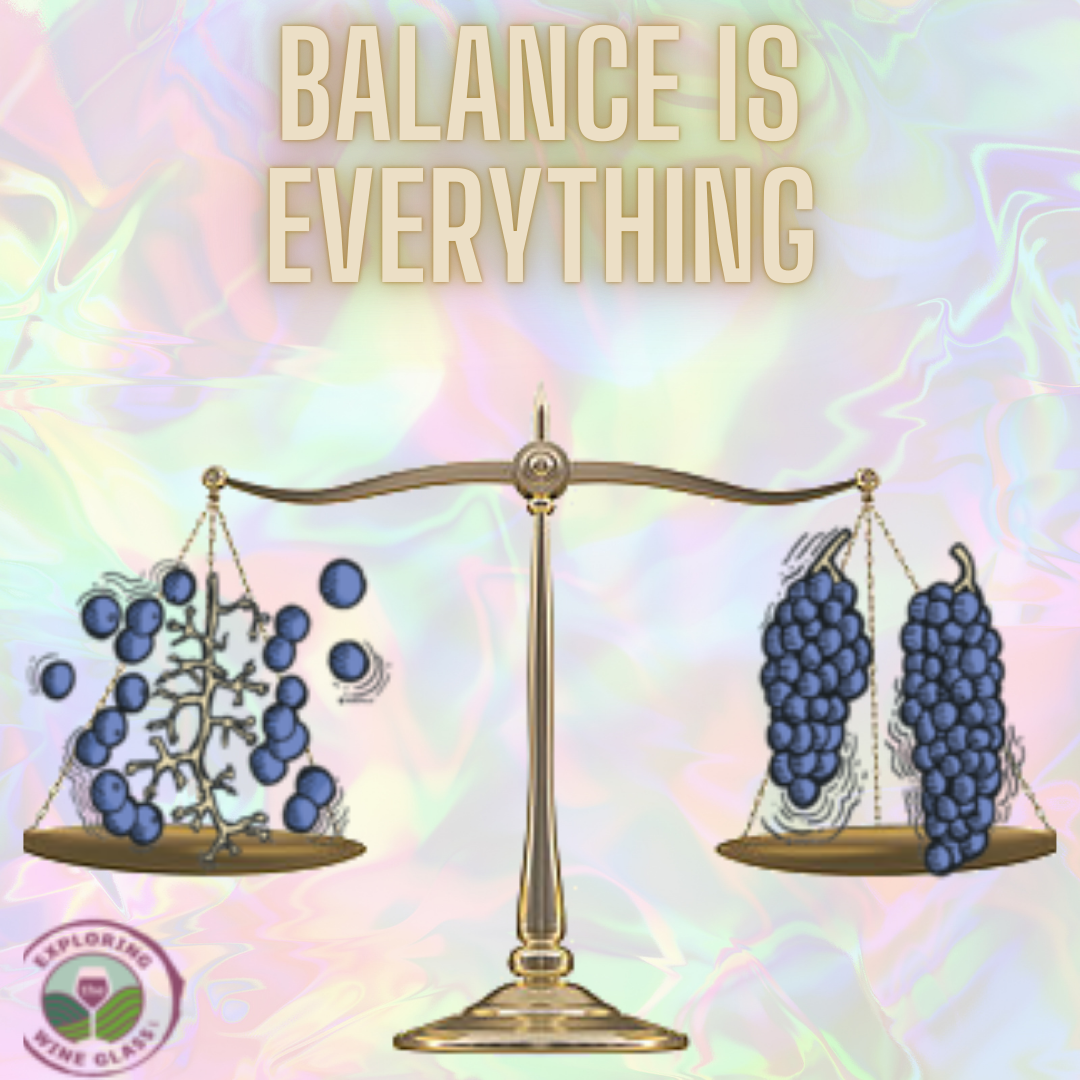There are many choices that a winemaker has to decide upon when converting grapes to wine. If you choose to read those technical sheets that wineries provide, you have these decisions. But do you know what they mean? More importantly, do you understand how they impact the wine in your glass? If you understand what the heck those wine terms mean, then maybe you can find more wines that fit your palate profile. Throughout this series, I will introduce different wine making terms and share how they effect the wine.
What is Stem Inclusion?
The term “stem inclusion” is pretty much WYSIWYG. It means that during fermentation, the winemaker does not destem the grapes. Instead, the entire cluster, stems and all, remain in tact. For this reason, stem inclusion is also known as “whole cluster” or “whole bunch.” It is not carbonic maceration, which will be discussed in a future post.
In the majority of wine making processes, prior to fermentation, the winemaker runs the fruit through a de-stemmer. This is the process of removing MOG (materials other than grapes.) The procedure is relatively easy these days and can be seen here.
Fermentation Impact
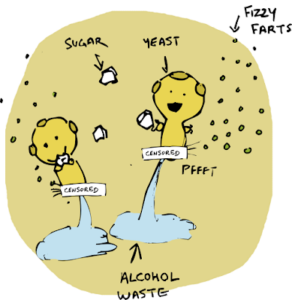
Stem inclusion has an impact on both the fermentation process and the end result. Fermentations can be fast and furious. Allowing the stems to be part of the process will alter the speed making the fermentation slow down.
Since the clusters are whole, this also impacts the way the yeast consume the sugar. Remember, that fermentation in its simplest form involves yeast eating sugar and for lack of a better descriptor; pooping out carbon dioxide and alcohol. With the clusters in tact, the available sugar is not as readily available to the yeast. This results in the fermentations being slower, taking longer to complete and occurring at much lower temperatures. Which of course all have an impact on the aroma, flavor, and structure of the wine.
Aromatic Impact
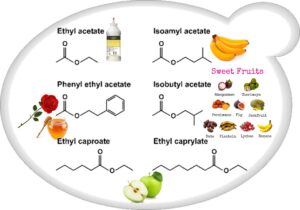
The temperature of the fermentation plays an integral role in the aromatics of the wine. When temperatures increase, the compounds that are responsible for the aromatics are volatized and lost. Keeping the fermentation temperatures low, allows the aromatics to be retained.
With whole cluster, the fermentation is taking place within the grapes themselves leading to more anaerobic conditions. This will lead to different flavors and changes the aromatic composition of the wine. Meaning that in a side by side comparison, a wine produced with stem inclusion alongside a wine produced being de-stemmed and crushed will taste differently. Neither is better than the other, but there is a definitive difference.
Dracaena Wines has received consistent 90+ ratings and multiple Double Gold medals. Click image to order yours today and let Dracaena Wines Turn Your Moments into Great Memories!
Flavor Impact
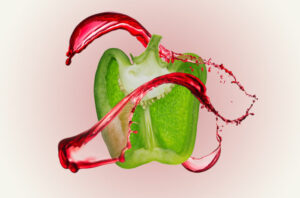
There are many positives for using stem inclusion, but not every wine is designed for this and not everyone’s palate prefers the style. When harvesting, the winemaker picks his fruit at optimal ripeness. But when using stem inclusion, they must also make sure the stems are ripe. Adding unripe stems will add a “green” note to the wine giving it an unpleasant vegetal quality.
When the stems are ripe, they can add dried flavors such as roasted thyme, rubbed sage and dried mint. At optimal ripeness, the stems no longer provide any green notes and bring the spicy nutmeg, cinnamon, cigar box and cardamom flavors.
Color and Structure Impact
Deciding to use stem inclusion will also give rise to a more tannic wine thanks to the phenolic compounds. The stems are one of the places that tannin can be found within the grape (skins and seeds also contain tannins.) Choosing this method, requires additional considerations for oak usage.
While stem inclusion will create a bolder wine in terms of tannin, it does decrease the ability of the wine to absorb the color. Studies have shown a decrease of approximately 10%. (Ribéreau-Grayon, 332) Another concern for the winemaker using stem inclusion is pH. Grape stems are rich in potassium. When included in the fermentation process, pH rises potentially resulting in a microbiologically unstable wine. On the positive side, a higher pH leads to the perception of softer tannins.
Many stem included wines are low in alcohol. This is due to the absorption of alcohol and/or water content released from stems. A study performed by Alan Graillot in Crozes-Hermitage showed a potential of a 1% ABV drop due to stem inclusion. Lower alcohol imparts a lower wine body and sweetness perception.
Finding the Balance
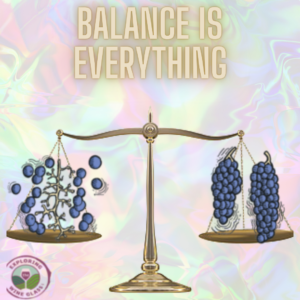 As with everything in our world. It is all about finding the balance. The use of stem inclusion provides contradicting results. The winemaker must find the right amount of inclusion for each variety and season to make the best wine. Stem inclusion increases pH, body perception and weight. But it also lowers alcohol which increases those perception Stems increase tannins within the wine, but thanks to the increase in pH, the tannins will be discerned as softer.
As with everything in our world. It is all about finding the balance. The use of stem inclusion provides contradicting results. The winemaker must find the right amount of inclusion for each variety and season to make the best wine. Stem inclusion increases pH, body perception and weight. But it also lowers alcohol which increases those perception Stems increase tannins within the wine, but thanks to the increase in pH, the tannins will be discerned as softer.
No one said wine making was easy. Every decision leads to a domino effect and a good winemaker can envision how the dominos will fall. (or at least get lucky with his guess) It is often a process of trial and error to determine the proper percentage of stem inclusion. But isn’t that part of the fun?
~Sláinte!
We’ve stacked the odds so that you can get our award winning wines without breaking the bank. Click the image to find out all of the benefits of joining the CHALK CLUB including discounted shipping and up to 35% off all purchases. .


